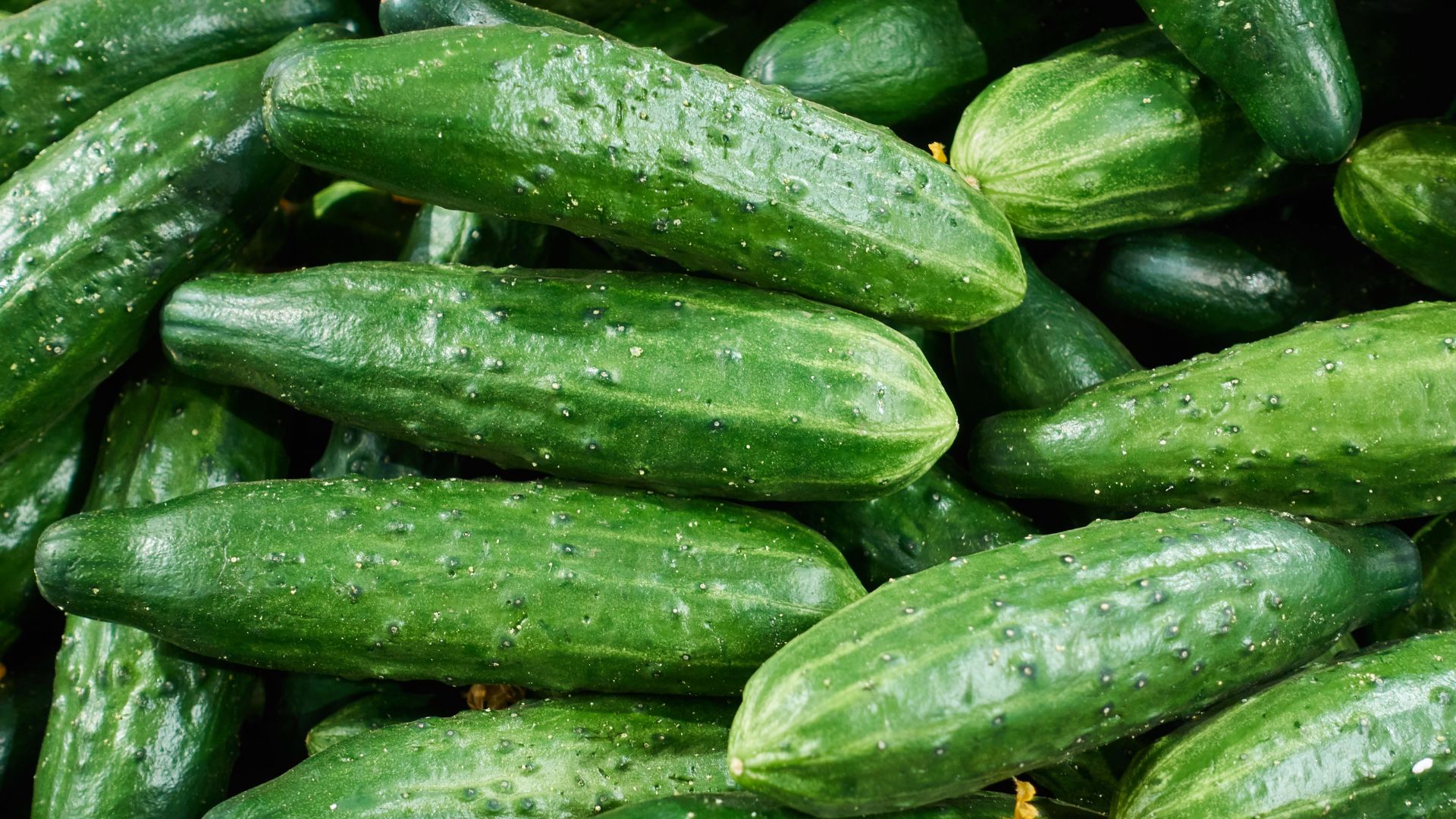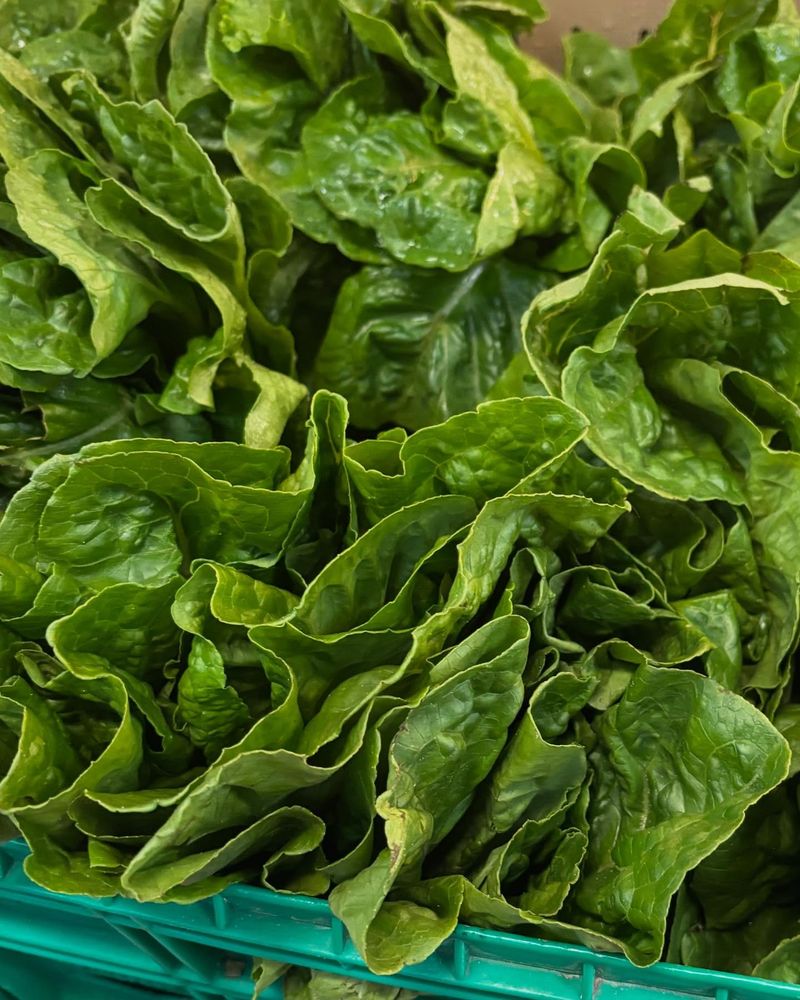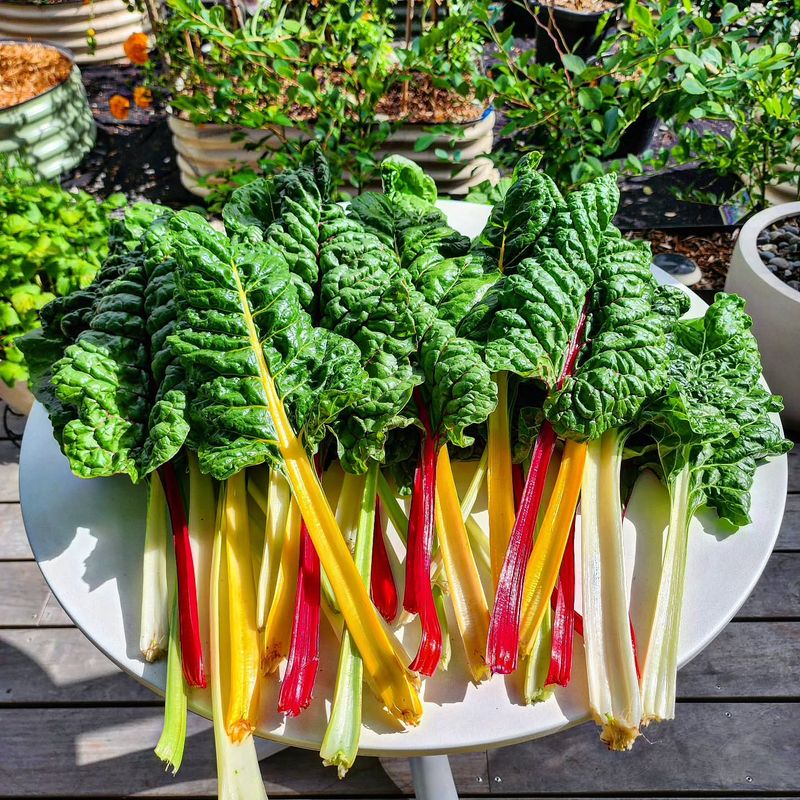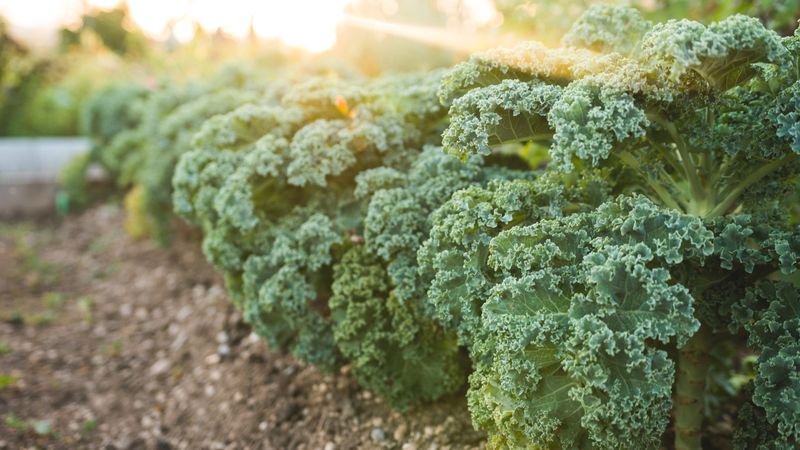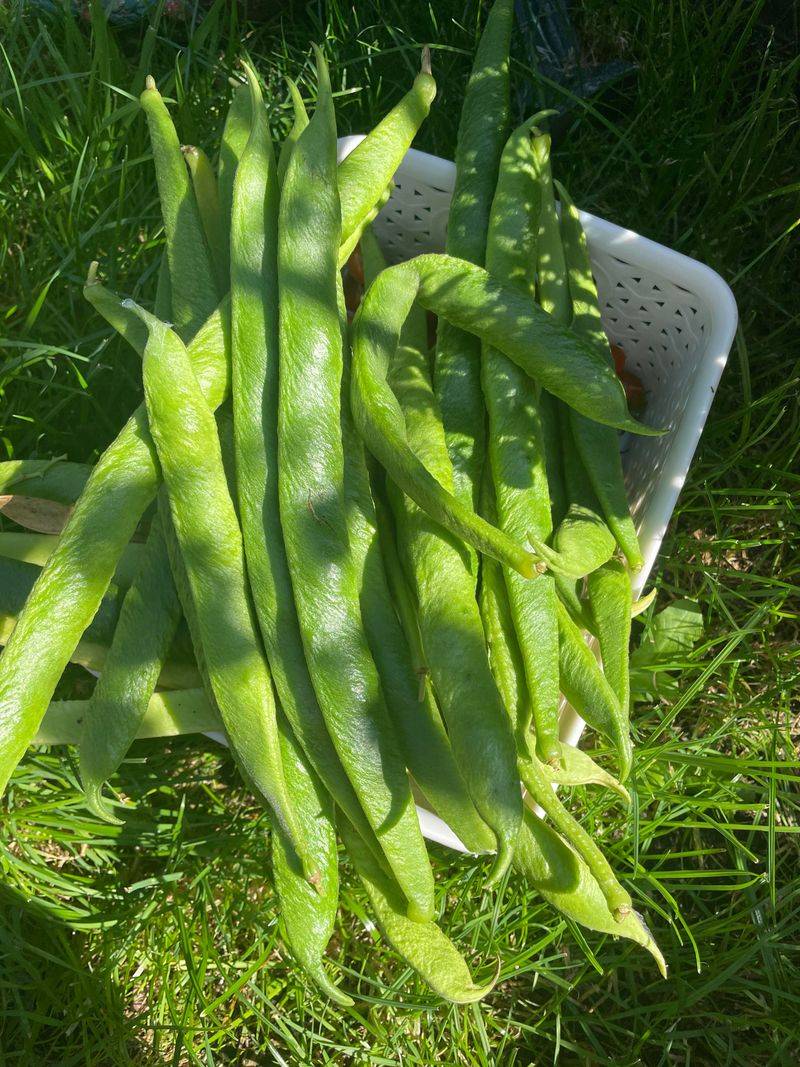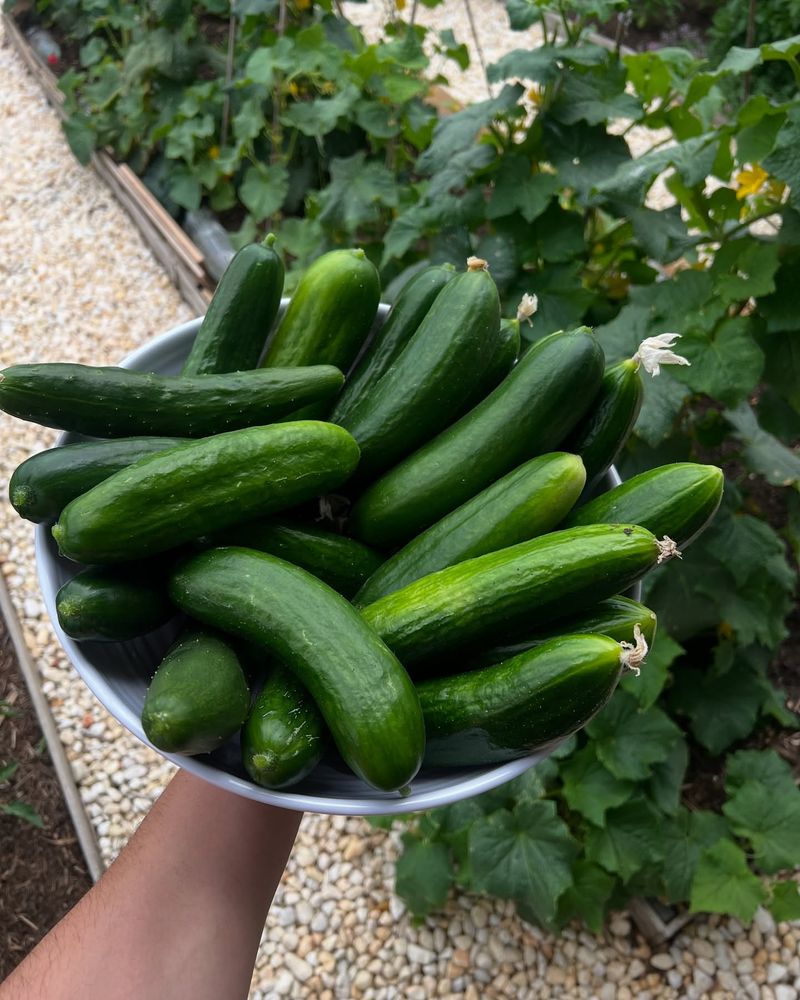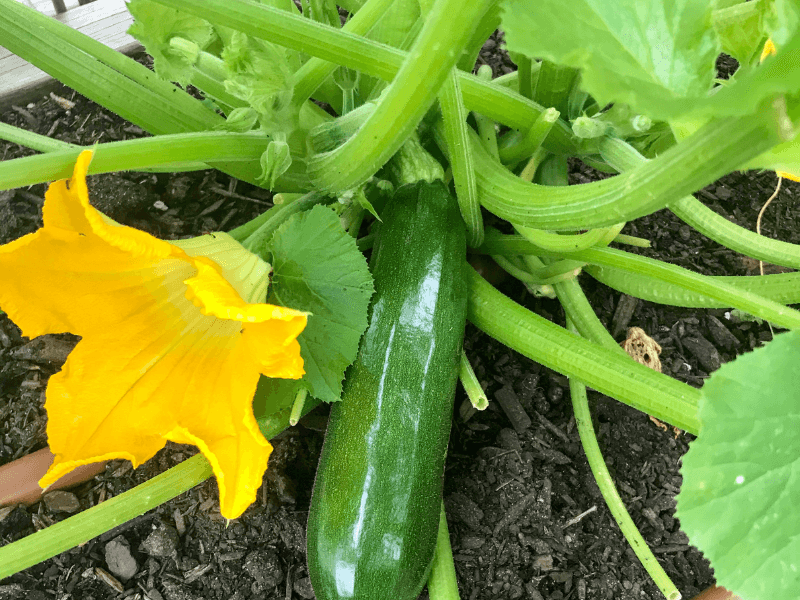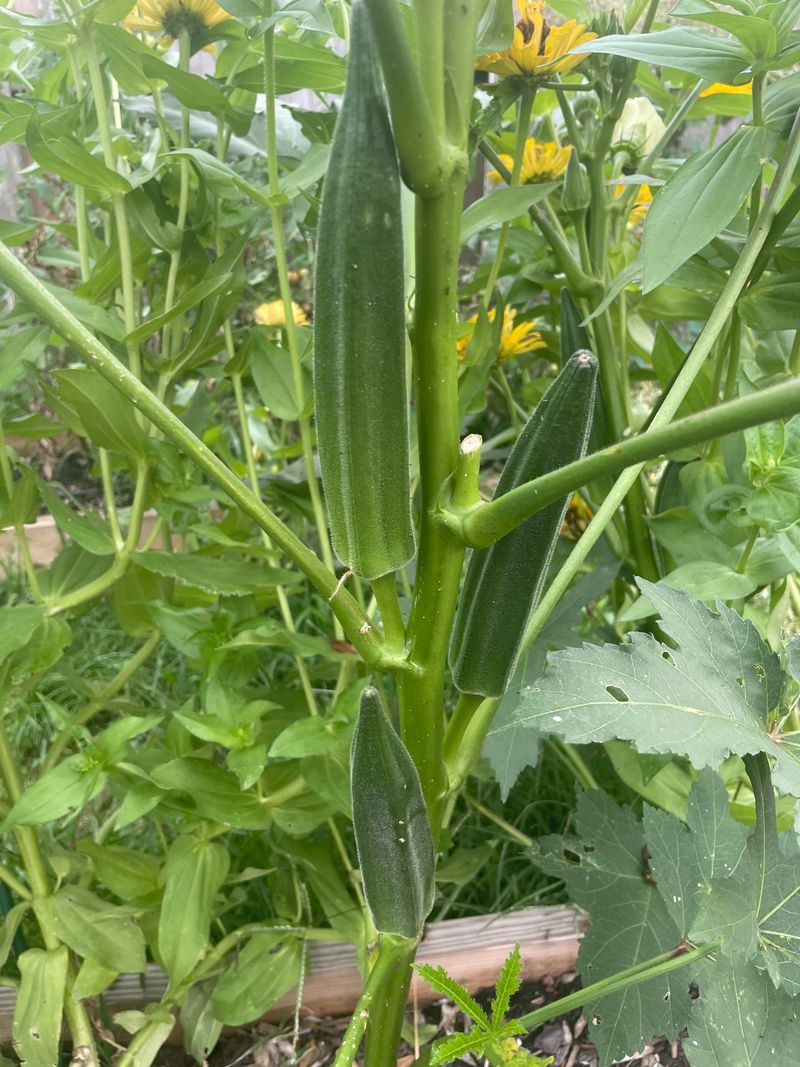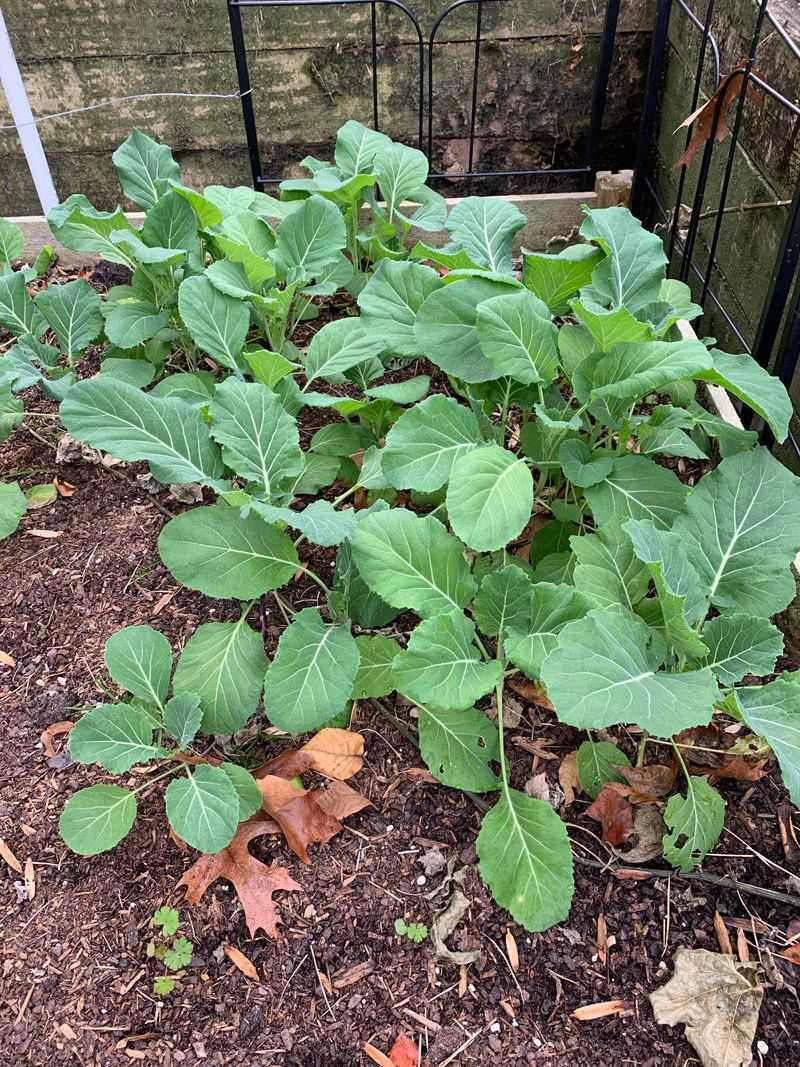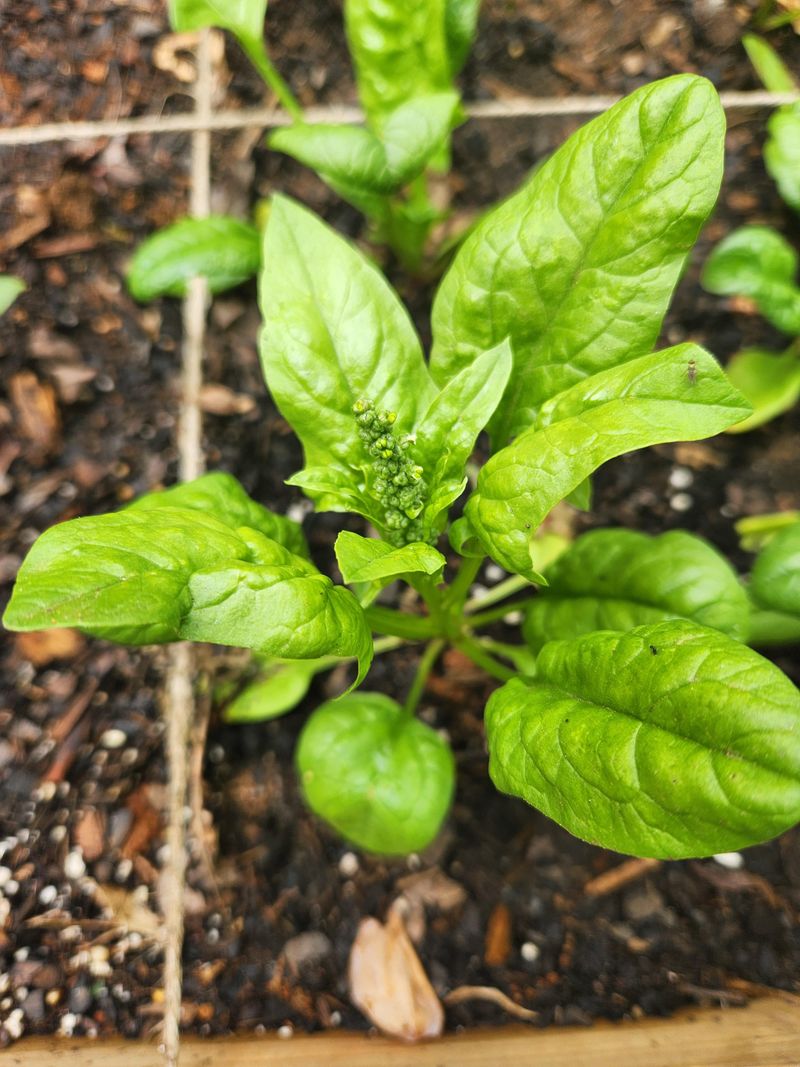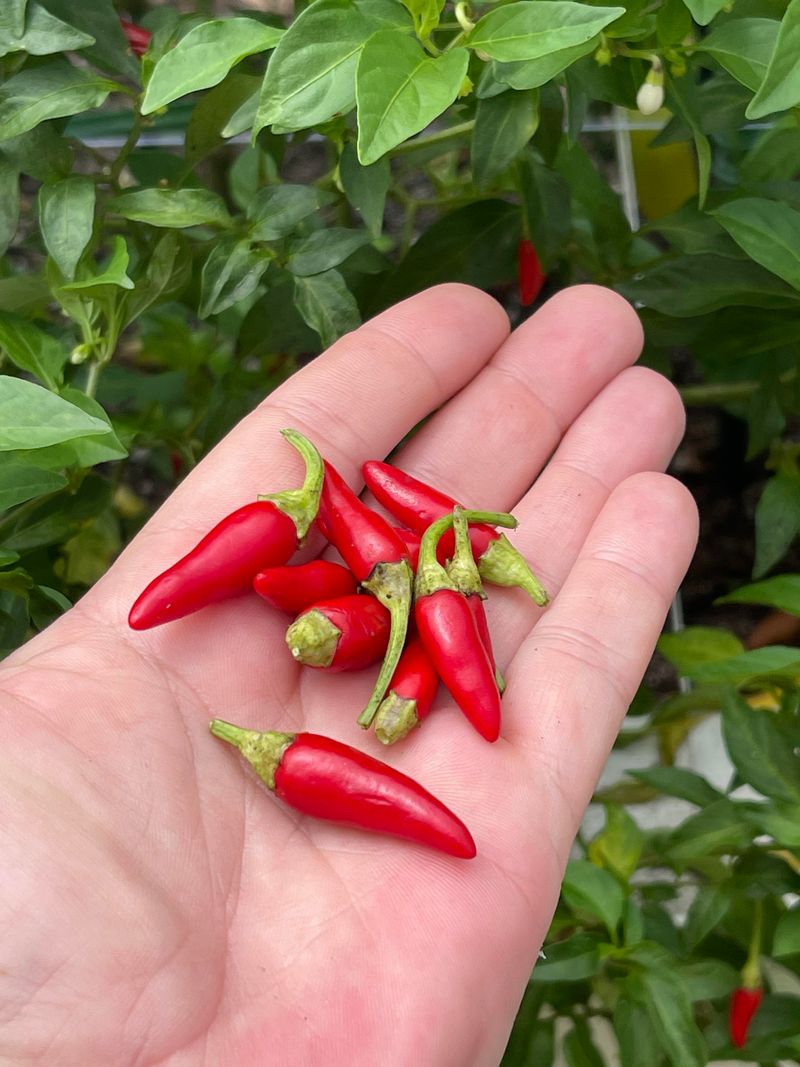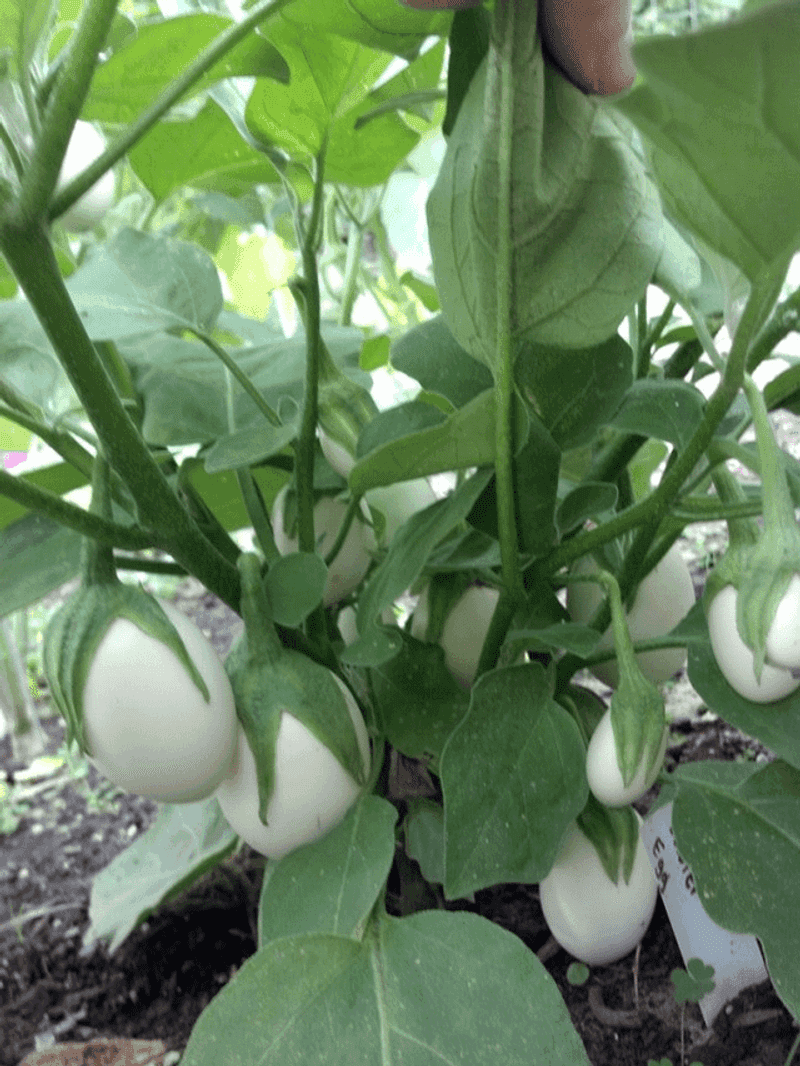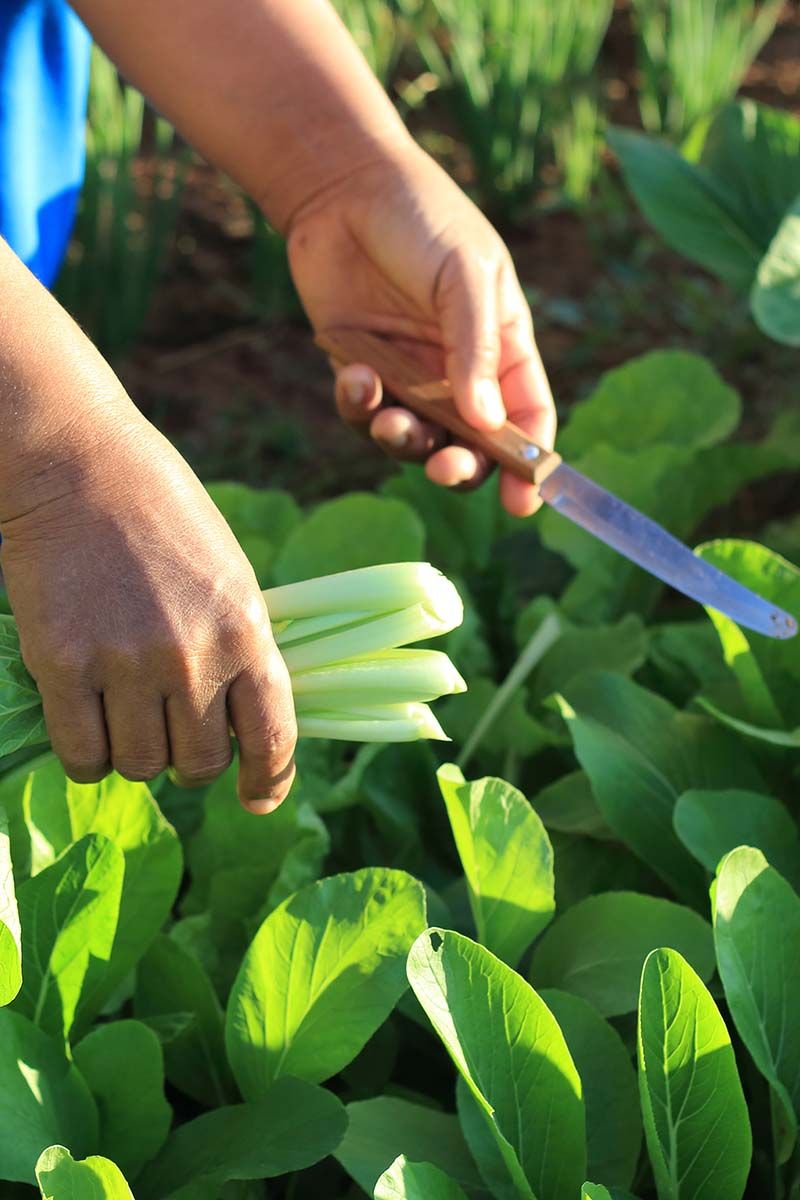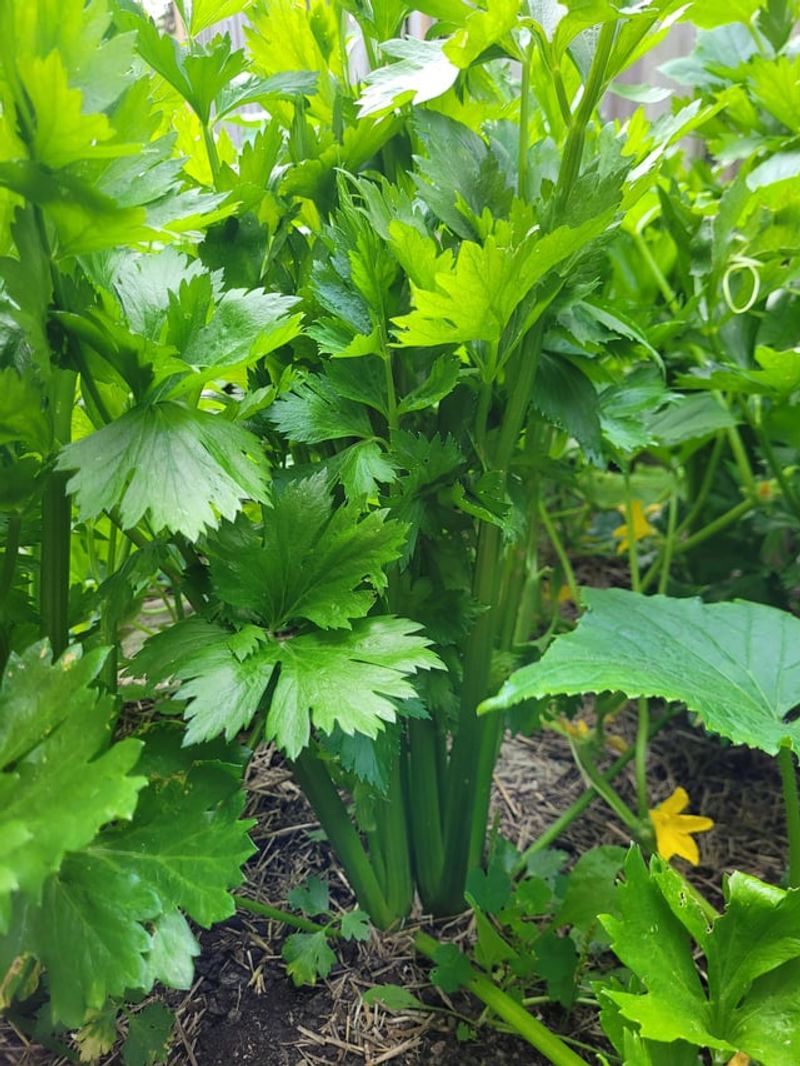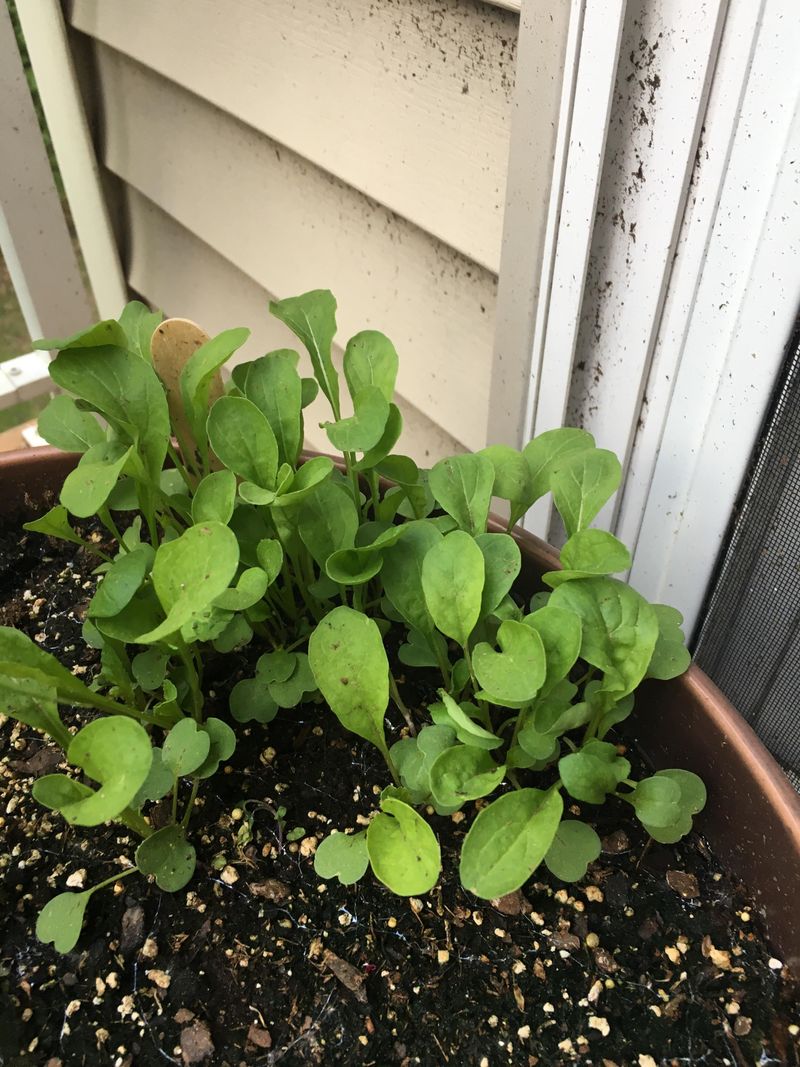Growing veggies that keep giving all season long is a total win. Instead of just one big harvest, you get fresh produce over and over—less effort, more reward. It turns your garden into a reliable source of flavor from spring right through fall.
These overachieving plants offer steady pickings, whether you’re snipping greens or plucking beans. Each harvest feels like a bonus, and you don’t need to start from scratch every time. It’s like having a little grocery store outside your door.
From leafy lettuces to climbing cucumbers, knowing which veggies play the long game makes a big difference. Pick wisely, and your garden will keep feeding you with minimal fuss and maximum joy.
1. Leaf Lettuce
The outer leaves can be harvested while leaving the center intact, allowing for multiple cuttings from a single plant. I’ve managed to get 3-4 harvests from each lettuce plant using this method.
Simply snip leaves about an inch above the soil line, being careful not to damage the growing point in the center. Within 10-14 days, you’ll have fresh leaves ready again.
For continuous production throughout cooler months, plant new seeds every two weeks. This succession planting ensures you’ll never run out of crisp, fresh lettuce for your salads.
2. Swiss Chard
Remarkably resilient in both hot and cool weather, Swiss chard stands out as one of the most reliable cut-and-come-again vegetables in my garden.
The colorful stems and nutritious leaves keep producing from early summer until frost. Harvest by cutting the outer leaves at their base, allowing smaller inner leaves to develop. What worked best for me was taking just a few leaves from each plant rather than stripping them completely.
Water regularly during dry spells to keep new leaves forming. A light application of compost midseason gives chard the boost it needs for continued production.
3. Kale
Ever had kale that lasted nearly a year? My Lacinato kale survived winter under row covers and continued producing the following spring. This cold-hardy green becomes sweeter after frost touches its leaves.
To harvest, pick the lower, outer leaves first and leave the top growth intact. The central growing point will continue producing new leaves as long as it remains undamaged. Remove any flowering stalks immediately when they appear to extend the harvesting period.
Kale wants to go to seed eventually, but you can delay this by consistent harvesting and keeping plants well-watered during hot weather.
4. Green Beans (Bush And Pole Varieties)
Regular picking is the secret to extended bean harvests. The more you pick, the more the plants produce – it’s like they’re trying to fulfill their mission of creating seeds.
Harvest when pods are still slender and before seeds inside become too developed. I usually check my plants every 2-3 days during peak season since beans can quickly become oversized and tough.
Pole beans typically outproduce bush varieties over the long term. This surprised me when I first started growing both types – my pole beans kept producing for nearly two months longer than the bush varieties.
5. Cherry Tomatoes
These productive little fruits outperform their larger cousins when it comes to ongoing harvests. A single healthy cherry tomato plant can produce hundreds of tomatoes over several months.
Pinch out suckers selectively rather than removing all of them. I’ve found that allowing a few strategic suckers to develop creates more fruiting branches without overwhelming the plant.
Regular harvesting encourages continued flowering and fruit set. Don’t let overripe tomatoes hang on the vine – picking them as soon as they’re ripe signals the plant to direct energy to developing new fruits.
6. Cucumbers
Small cucumbers taste better and picking them young stimulates plants to produce more. When I started harvesting cucumbers at 4-5 inches instead of waiting for them to grow larger, my overall yield nearly doubled.
Look under leaves daily during peak season as cucumbers can hide and quickly grow too large. The more consistently you harvest, the longer your plants will continue flowering and setting fruit.
Keep plants well-watered and consider a foliar feed with compost tea midseason to extend productivity. Trellising cucumbers not only saves space but also makes fruits easier to spot and harvest before they become overgrown.
7. Zucchini And Summer Squash
Check plants every other day during peak season – zucchini can grow from too small to enormous in what seems like minutes! Smaller fruits have better flavor and texture than the baseball bat-sized ones we’ve all forgotten about at some point.
Harvest by cutting stems with a sharp knife rather than twisting fruits off. This prevents damage to the plant that could introduce disease. To keep plants producing longer, remove any oversized fruits even if you don’t plan to eat them.
This redirects the plant’s energy to forming new flowers and fruits rather than putting resources into developing seeds in mature fruits.
8. Snap Peas
Growing snap peas has taught me the value of persistence – keep picking and they keep producing! These sweet treats can be harvested when pods are plump but before seeds fully mature.
Pick from the bottom of the plant upward, as the lowest pods mature first. Checking vines every couple of days ensures you catch peas at their perfect stage – tender and sweet.
Extend your harvest by planting both early spring and fall crops in cooler climates. I’ve had great success with succession planting, starting new seeds every 2-3 weeks for the first half of the growing season.
9. Okra
Few vegetables demonstrate the “harvest more, get more” principle better than okra. These heat-loving plants produce pods that should be picked when they’re 2-3 inches long for best texture and flavor.
Check plants daily during hot weather as pods can grow too large within 1-2 days. The more frequently you harvest, the more flowers and pods the plant will produce. Use pruning shears for harvesting as the stems are tough and plants can be prickly.
Wearing gloves makes the harvesting process more comfortable. Feed plants with compost tea midseason to support continued production through the hottest months.
10. Collard Greens
Collards are the marathon runners of the garden, often outlasting kale and other greens in both heat and cold tolerance. Their ability to produce for extended periods makes them incredibly valuable in the garden.
Harvest the lower leaves individually, allowing the plant to continue growing upward. Over time, plants can develop a tree-like appearance with a tall stem and leaves clustered at the top. In mild winter areas, collards can produce for over a year before needing replacement.
I’ve had plants survive winter under protection and continue producing the following spring, making them one of my most reliable vegetables.
11. Green Onions/Scallions
Did you know you can harvest green onions multiple ways? Cut the entire plant an inch above the soil line, and it will regrow several times. Alternatively, harvest just the outer stalks and leave the center to continue growing.
For even more sustainability, save the white root ends from store-bought scallions with a bit of root attached. Plant these 1/2 inch deep, and they’ll regrow into full-sized green onions within weeks.
Keep soil consistently moist for best regrowth. I’ve found that applying a light side-dressing of compost after each harvest helps maintain vigor through multiple cuttings.
12. Spinach
The cut-and-come-again method works beautifully with spinach during cooler seasons. Harvest outer leaves when they’re 3-4 inches long, leaving the growing center intact to produce more leaves.
Select bolt-resistant varieties for extended harvests, especially in spring when days begin lengthening. I’ve found that providing afternoon shade in late spring can delay bolting by up to two weeks.
Plant spinach in late summer for fall and winter harvests. In many climates, fall-planted spinach will overwinter and provide the earliest spring harvests before spring-sown seeds have even germinated.
13. Hot Peppers
Regular harvesting encourages hot pepper plants to produce more fruits throughout the season. Unlike some vegetables that must be picked at a specific stage, hot peppers can be harvested green or allowed to ripen to their final color.
The first few peppers often take the longest to develop, but once plants start producing, they can be quite prolific. I typically get dozens of peppers from each plant over a growing season.
Hot pepper plants are actually perennials in warm climates. In colder regions, you can pot them up before frost and bring them indoors for winter, then move them back outside after danger of frost has passed.
14. Eggplant
Harvest eggplants when fruits are young and glossy for best flavor and to encourage continued production. The skin should bounce back when gently pressed with your thumb.
Use pruning shears to cut fruits from the plant rather than pulling, which can damage stems. Leave a short piece of stem attached to the fruit when harvesting.
Removing fruits promptly when they reach proper size signals the plant to produce more flowers and fruits. In my garden, each plant typically produces 8-12 eggplants over the season when harvested regularly and given adequate water and nutrients.
15. Bok Choy/Pak Choi
Instead of harvesting the entire plant at once, try cutting just above the growing point about an inch from the soil. This “cut and come again” method allows for multiple harvests from a single planting.
Baby bok choy varieties are particularly well-suited to this harvesting technique. The plants will regrow smaller but still delicious heads after cutting.
For continuous harvests throughout spring and fall, sow seeds every 2-3 weeks. I avoid midsummer plantings as the heat causes bok choy to bolt quickly, though some shade cloth can extend the growing season.
16. New Zealand Spinach
This heat-tolerant green produces all summer when regular spinach has long since bolted. Though not related to true spinach, it provides similar nutritional benefits and can be used in the same ways.
Harvest by pinching off the growing tips and tender top leaves, which encourages the plant to branch and produce more stems. Each new stem becomes another potential harvest point.
Plants spread as they grow, with vines reaching up to 3 feet long. I’ve found that a single 2-foot row provides enough greens for weekly harvests throughout the hottest months when other greens struggle.
17. Celery
Most gardeners don’t realize celery can be harvested incrementally. Instead of waiting for full heads to form, outer stalks can be harvested individually as needed while the plant continues growing from the center.
Cut outer stalks at the base where they connect to the main plant. The inner stalks will continue developing, and new ones will form from the center growing point. Keep soil consistently moist for best results.
A thick layer of mulch helps maintain the even moisture celery needs. With this harvesting method, I’ve kept celery producing for months longer than when harvesting whole plants.
18. Arugula
The peppery leaves of arugula can be harvested multiple times when you use the cut-and-come-again method. Snip leaves about an inch above the soil line, being careful not to damage the central growing point.
Plants will regrow quickly in cool weather, often providing a new harvest within 10-14 days. During hot spells, provide afternoon shade to prevent bitter flavor and premature bolting.
For continuous harvests, I plant new seeds every 2-3 weeks during spring and again starting in late summer. This succession planting ensures I always have young, tender leaves at the perfect stage for harvesting.

